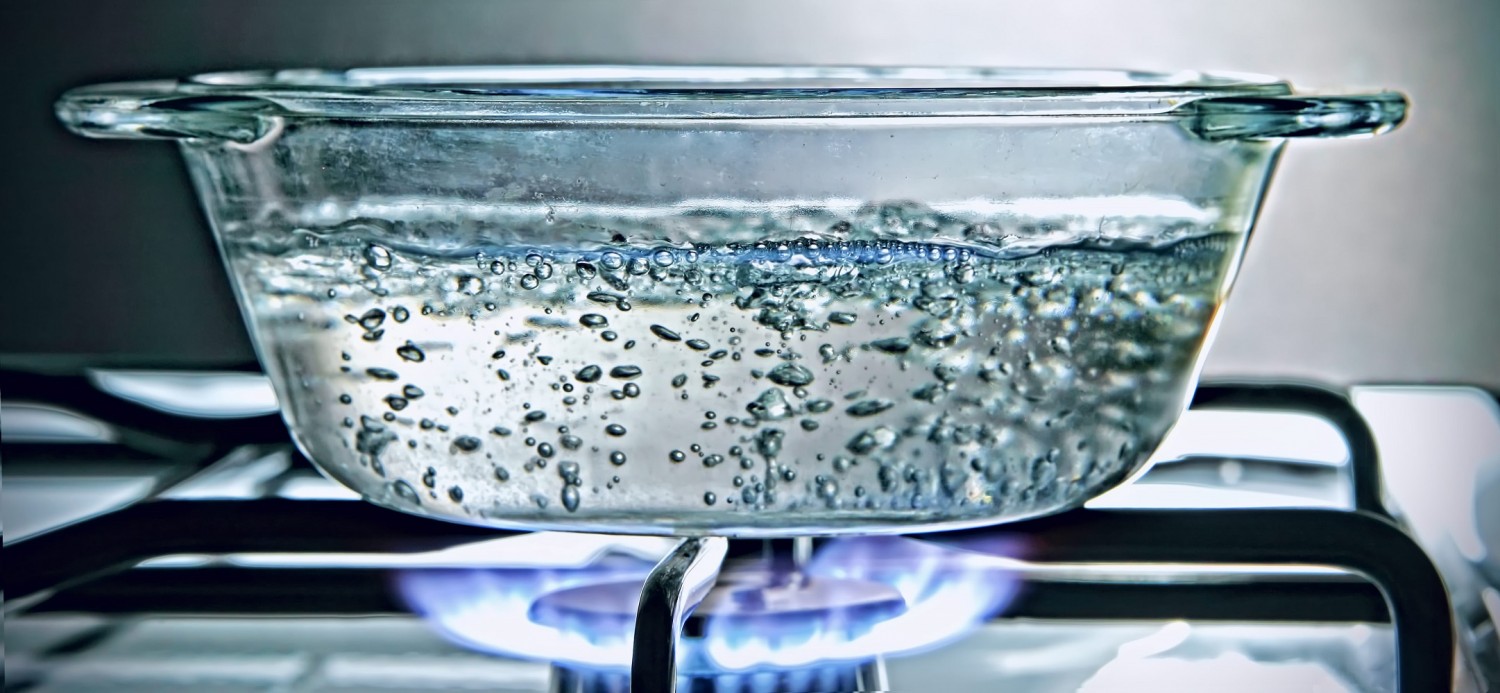Health
What is hydrocephalus and what are its symptoms and treatment?

What is hydrocephalus and what are its symptoms and treatment?
Hydronephrosis is swelling in one or both kidneys, and it occurs when urine is not drained from the kidneys and thus accumulates due to blockage of the tubes that drain urine from the kidneys (ureters) or due to an anatomical defect that prevents urine from draining from the kidneys properly.
Hydronephrosis occurs at any age and can be diagnosed in infants or even in the fetal stage (before birth) by ultrasound. The dropsy often affects one kidney and the second kidney does the work of the two kidneys.
Hydronephrosis does not necessarily cause symptoms. Signs and symptoms when they occur include:
1- Pain in the flank and back that may extend to the lower abdomen and thigh.
2- Problems and pain while urinating or feeling an urgent or frequent need to urinate
3- Nausea and vomiting.
4- Fever.
5- Delayed growth in infants.
what are the reasons ?
Normally, urine passes from the kidneys through a tube called a ureter that drains urine into the bladder and out of the body. But sometimes the urine remains inside the kidneys or in the ureters, causing the development of ascites.
Among the common causes of hydrocephalus are:
Partial obstruction of the urinary tract
Urinary obstruction most often occurs where the kidneys meet the ureter and less commonly where the ureter meets the bladder.
vesicoureteral reflux
Vesicoureteral reflux occurs when urine flows backward from the bladder into the kidneys through the ureters.
Urine usually flows into the ureter in only one way (kidney, ureter, and bladder out of the body) and the wrong, reverse flow makes it difficult for the kidneys to drain the urine properly, causing the kidneys to swell.
Less common causes of hydronephrosis are kidney stones, a tumor in the abdomen or pelvis, and problems with the nerves that control the bladder.
How to diagnose
To diagnose hydronephrosis, we need to conduct tests, including: blood analysis to assess kidney function, urinalysis to check for infection or stones in the urinary tract, causing blockage, and the specialist doctor performs an ultrasound to determine possible problems in the kidneys, bladder and urinary tract.
Diagnosis also uses specialized X-rays that use a special dye to view the kidneys, ureters, bladder and urethra, and to take pictures before and during urination. If necessary, your doctor may recommend additional imaging tests, such as a CT scan or an MRI. In addition to the radioisotope renal imaging test, which evaluates the performance of the kidneys and the level of their drainage by injecting radioactive isotopes into the bloodstream.
treatment
Hydronephrosis treatment depends on its cause, and although surgery is sometimes needed, it often resolves on its own.
If the ascites is mild to moderate, your doctor may choose to wait and watch to see if it can heal on its own. However, your doctor may recommend preventive antibiotic treatment to reduce your risk of urinary tract infections. In the case of an acute injury that makes it difficult for the kidneys to do their job, surgery is recommended to fix the problem, because lack of treatment leads to permanent kidney damage and rarely causes kidney failure.






